ERS 2025 study shows high fruit intake reduces the impact of air pollution on lung function, suggesting diet may protect respiratory health.


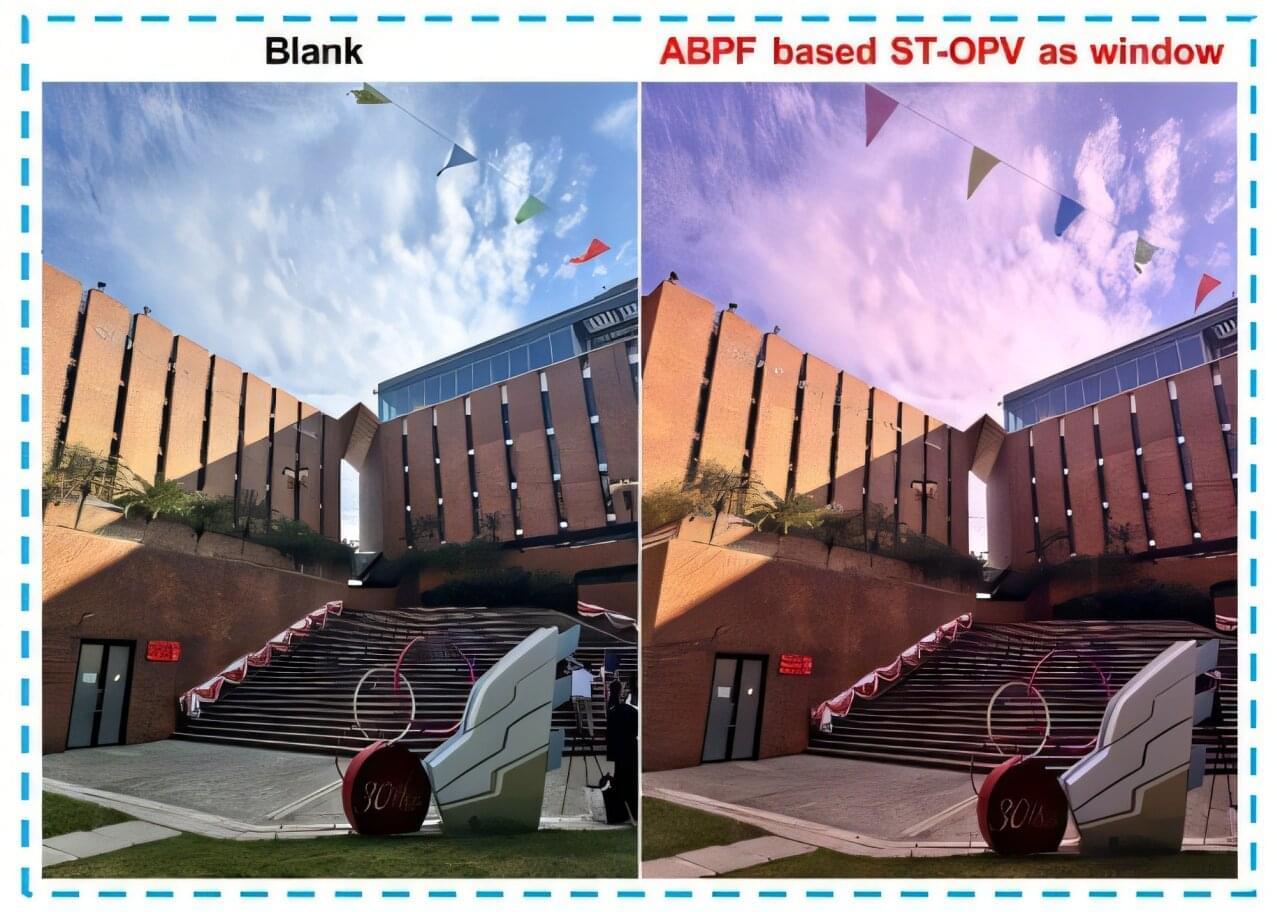
While most solar cells on the market today are based on silicon, energy engineers have recently been assessing the performance of alternative cells based on other photovoltaic (PV) materials. These alternative options include so-called organic solar cells (OSCs), lightweight and flexible cells that are based on organic semiconducting materials.
The operation of OSCs relies on a so-called active layer, a structure made of two different types of materials, referred to as donor and acceptor materials. Both materials absorb sunlight and generate excitons which dissociate into electrons and holes at the interface between donor and acceptor materials. Then holes are transported in donor materials, while the acceptors transport electrons and facilitate their flow through the device to generate electricity.
Compared to conventional silicon-based solar cells, OSCs could be more flexible, lighter, more affordable and easier to tailor for specific applications, for instance by changing their color or transparency. Nonetheless, the efficiency with which they convert solar energy into electricity remains significantly lower than that of commercially available photovoltaics (PVs).
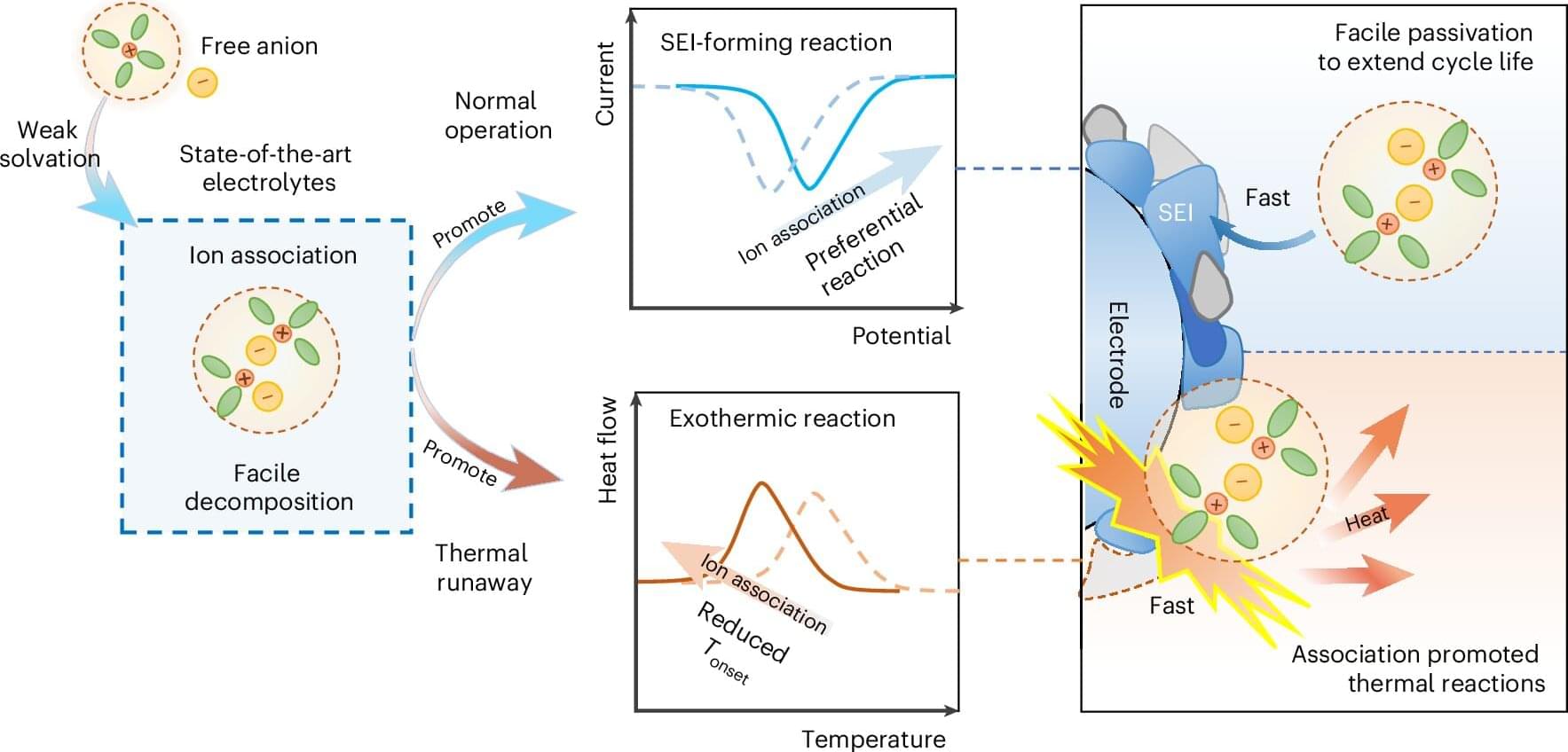
Conventional lithium-ion batteries are known to present a fire risk, and can even cause explosions in certain cases. The widespread usage of lithium-ion batteries, in everything from electric vehicles to electric toothbrushes, makes lithium-ion battery fire risk mitigation a major priority. There is a great need for lithium-ion battery designs that balance long cycle life, high voltage, and safety.
The fire risk arises when lithium-ion batteries undergo some kind of physical damage, are overcharged or even when they have manufacturing defects. This causes thermal runaway when anions—or negatively charged ions—break their bonds with lithium and release heat. Conventional lithium-ion batteries can undergo a temperature change of over 500°C when this occurs.
However, researchers in China have now found a way to drastically reduce the heat released when lithium-ion batteries are damaged. Their study, published in Nature Energy, details the new design and the experimental results of nail penetration tests, in which the temperature rise was only around 3.5°C.
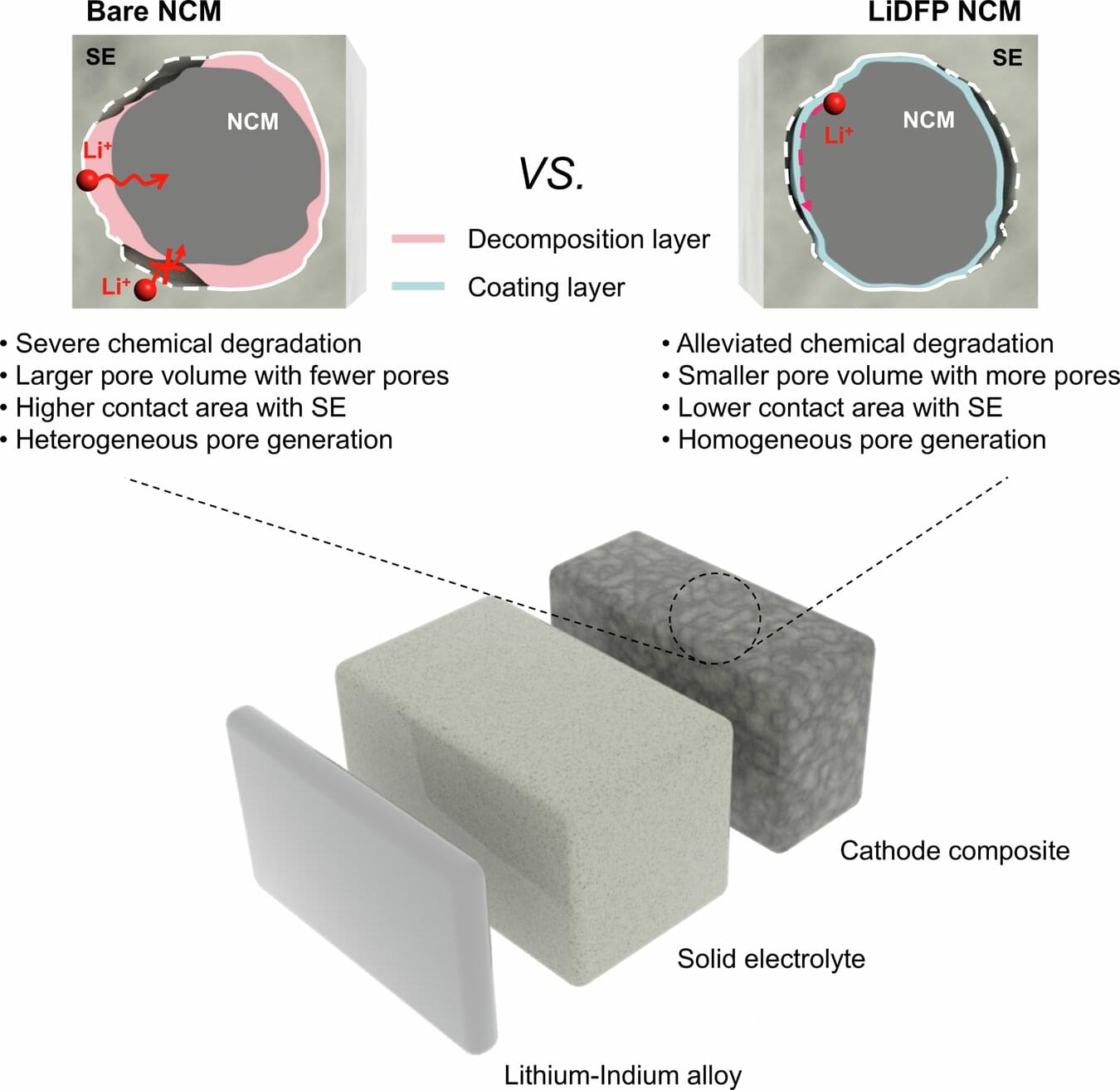
Researchers from UNIST, Seoul National University (SNU), and POSTECH have made a significant breakthrough in understanding the degradation mechanisms of all-solid-state batteries (ASSBs), a promising technology for next-generation electric vehicles and large-scale energy storage.
Jointly led by Professor Donghyuk Kim at UNIST’s School of Energy and Chemical Engineering, Professor Sung-Kyun Jung at SNU’s School of Transdisciplinary Innovations, and Professor Jihyun Hong from POSTECH, their study reveals that interfacial chemical reactions play a critical role in structural damage and performance decline in sulfide-based ASSBs. The findings are published in Nature Communications.
Unlike conventional lithium-ion batteries that rely on flammable liquid electrolytes, ASSBs use non-flammable solid electrolytes, offering enhanced safety and higher energy density. However, challenges such as interface instability and microstructural deterioration have impeded their commercialization. Until now, the detailed understanding of how these phenomena occur has remained limited.
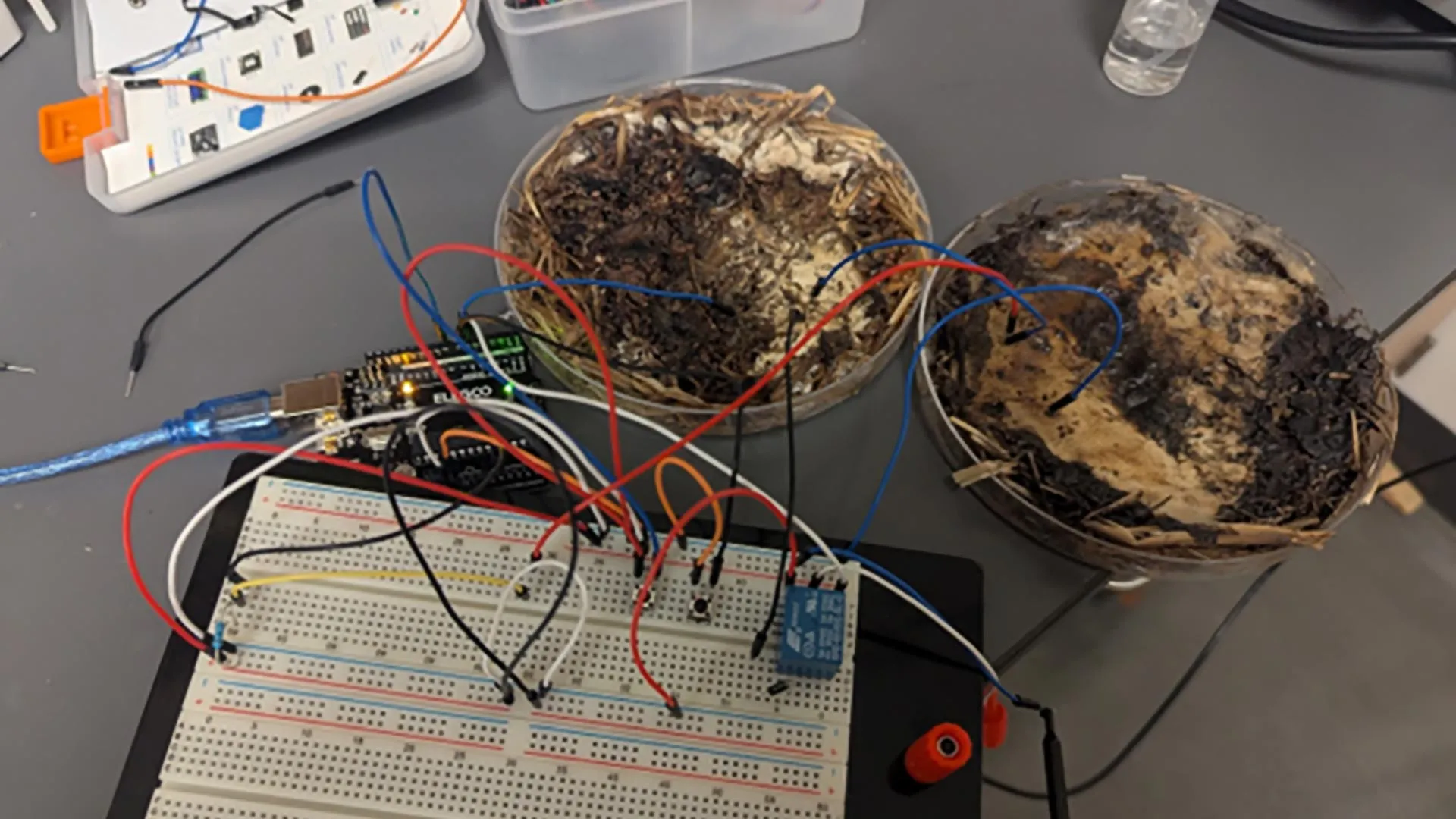
Mushrooms are known for their toughness and unusual biological properties, qualities that make them attractive for bioelectronics. This emerging field blends biology and technology to design innovative, sustainable materials for future computing systems.
Turning Mushrooms Into Living Memory Devices
Researchers at The Ohio State University recently discovered that edible fungi, such as shiitake mushrooms, can be cultivated and guided to function as organic memristors. These components act like memory cells that retain information about previous electrical states.
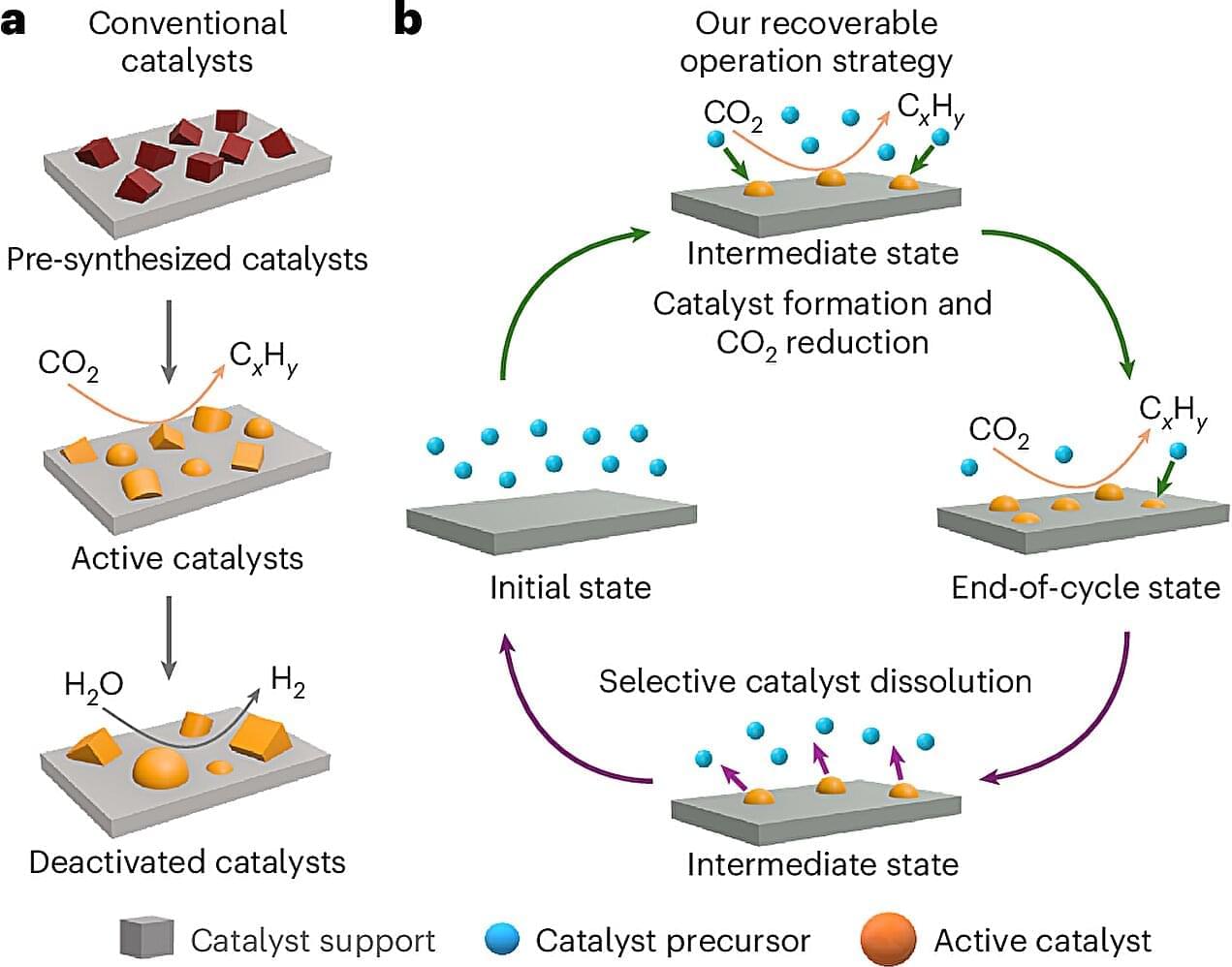
Carbon dioxide (CO2) is one of the world’s most abundant pollutants and a key driver of climate change. To mitigate its impact, researchers around the world are exploring ways to capture CO2 from the atmosphere and transform it into valuable products, such as clean fuels or plastics. While the idea holds great promise, turning it into reality—at least on a large scale—remains a scientific challenge.
A new study led by Smith Engineering researcher Cao Thang Dinh (Chemical Engineering), Canada Research Chair in Sustainable Fuels and Chemicals, paves the way to practical applications of carbon conversion technologies and may reshape how we design future carbon conversion systems. The research addresses one of the main roadblocks in the carbon conversion process: catalyst stability.
In chemical engineering, a catalyst is a substance that accelerates a reaction—ideally, without being consumed in the process. In the case of carbon conversion, catalysts play a critical role by enabling the transformation of CO₂ into useful products such as fuels and building blocks for sustainable materials.
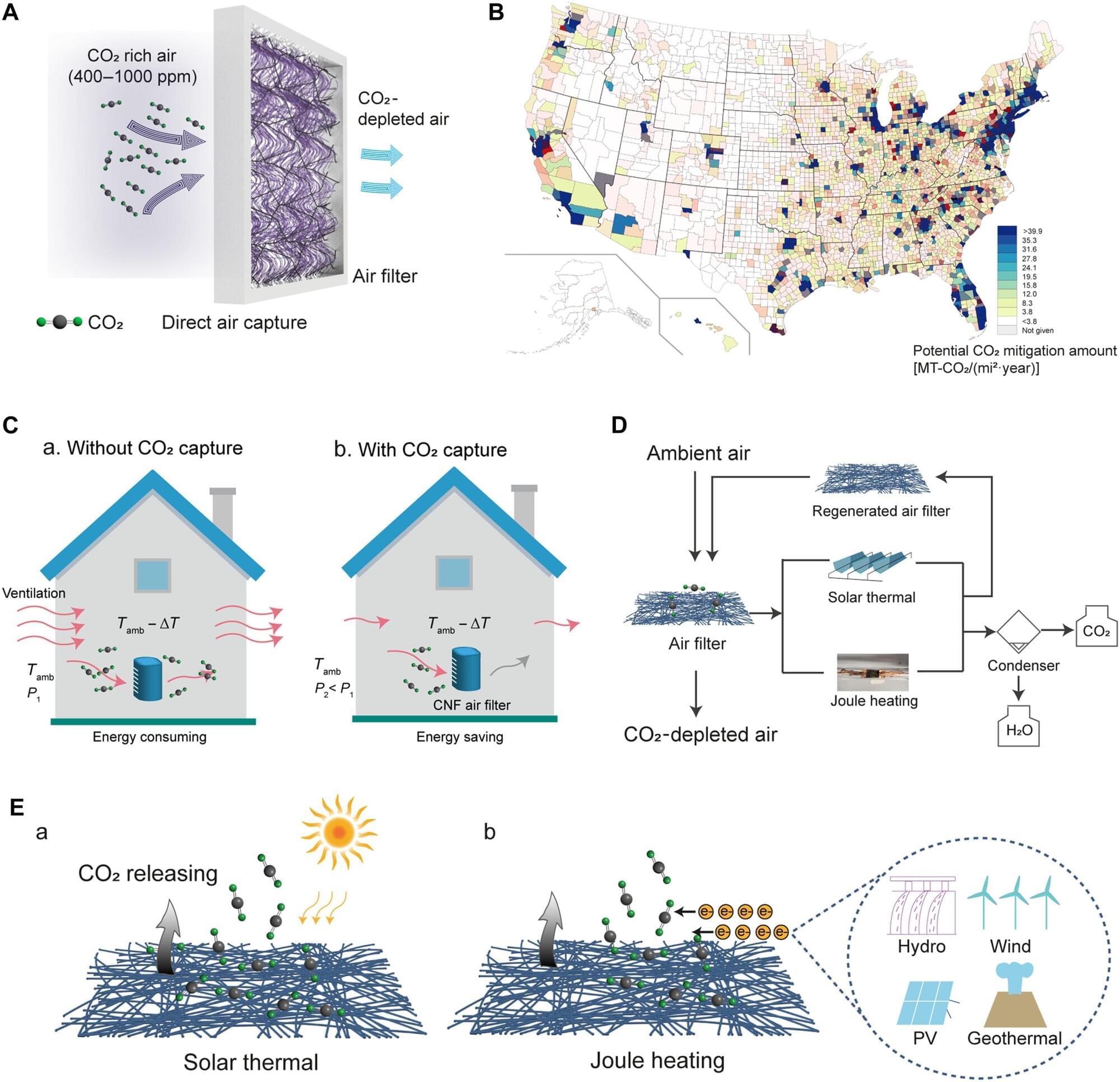
Despite decades of warnings and increasing efforts to fight climate change, global carbon emissions are still rising. While cutting emissions from the source is a common way we address this problem, another crucial strategy is actively removing carbon from the atmosphere. Current centralized DAC (direct-air-capture) plants are expensive and take up a lot of land, so scientists have developed a carbon dioxide-catching air filter that can fit into existing ventilation systems of homes and offices around the world.
The researchers describe their filter in a paper published in Science Advances. It is made of tiny carbon threads known as nanofibers that are coated with a polyethylenimine polymer. This combination makes an incredibly effective carbon sponge that captures carbon dioxide molecules from the air, even at low concentrations. The filter can also be cleaned by solar heating or low-energy electricity methods.
The team put their new carbon filter through its paces to see how well it worked. First, they checked how much it could soak up carbon by placing it in a flow system and passing air with a known concentration of carbon dioxide through it. The filter proved highly selective and fast, capturing the molecules and letting the rest of the air pass through.
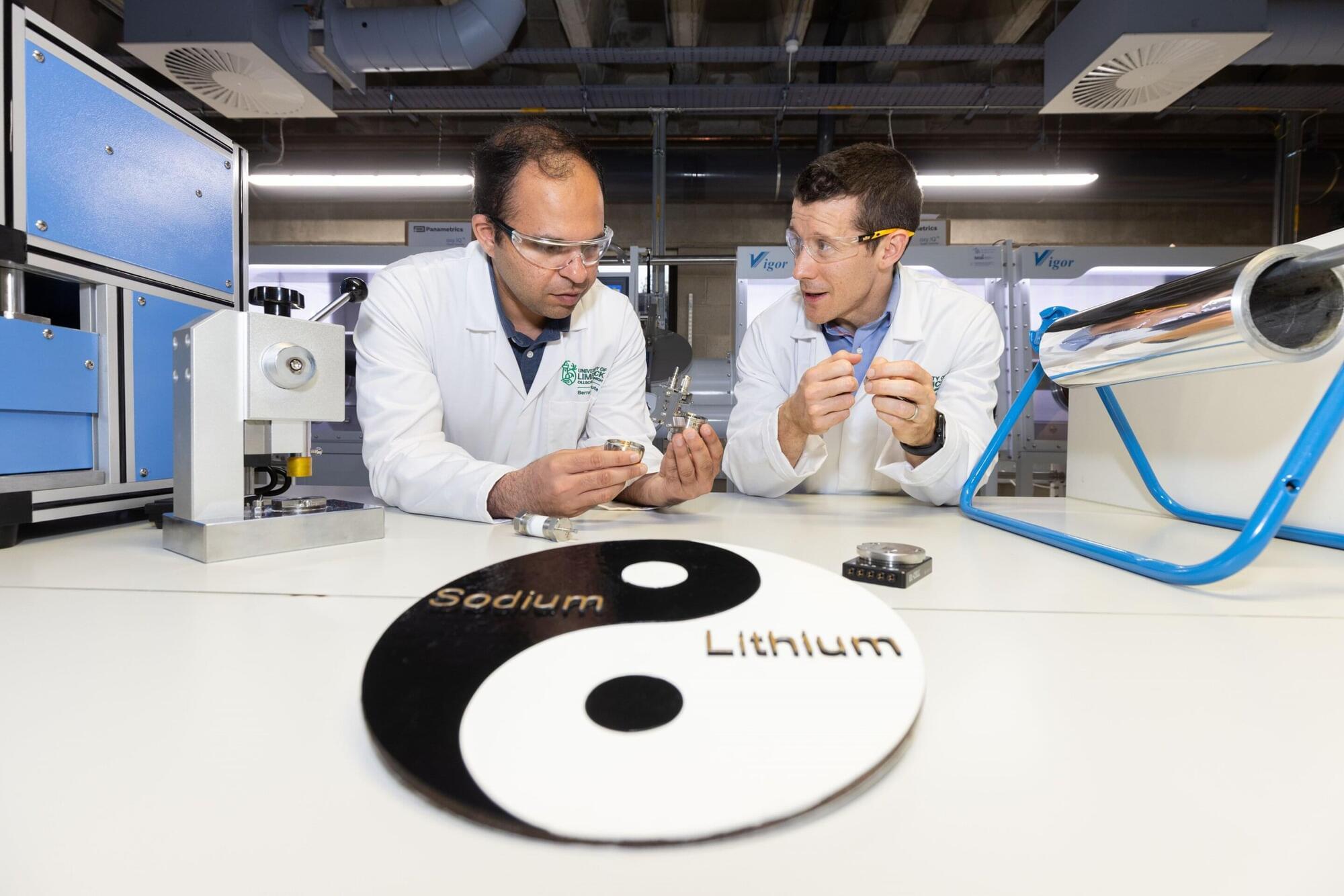
Researchers at University of Limerick (UL) have developed a battery that could reshape the future of electric vehicles and portable electronics. Their breakthrough in energy storage technology has seen the development of the world’s first full-cell dual-cation battery.
This innovative system combines lithium and sodium ions to significantly enhance both battery capacity and stability, marking a new frontier in sustainable energy research.
The work, published in Nano Energy, was led by Hugh Geaney, Associate Professor of Chemistry at UL’s Department of Chemical Sciences and Principal Investigator at UL’s Bernal Institute, and Government of Ireland postdoctoral fellow, Dr. Syed Abdul Ahad, his colleague at the Department and the Bernal Institute.
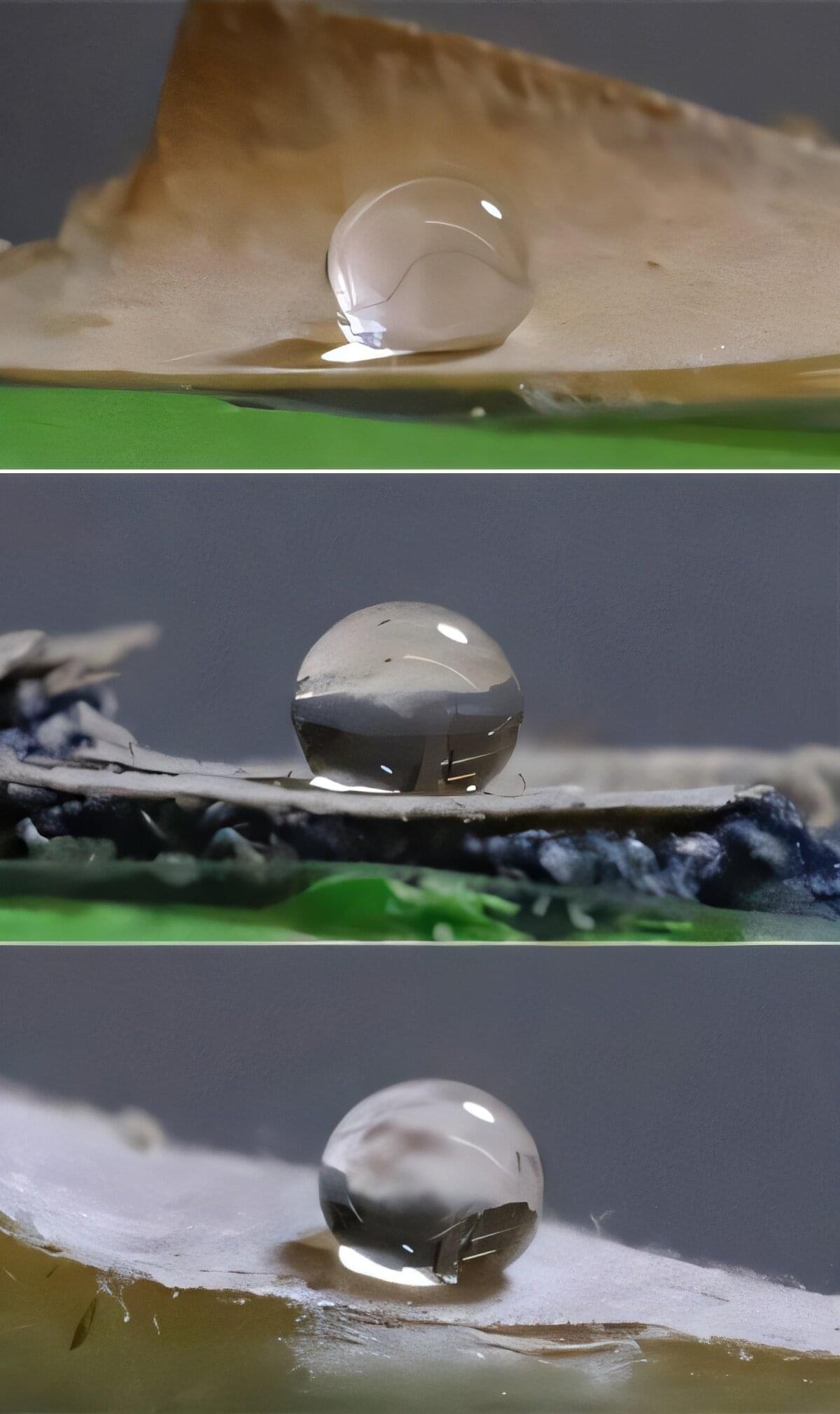
As an alternative to single-use plastic wrap and paper cup coatings, researchers in Langmuir report a way to waterproof materials using edible fungus. Along with fibers made from wood, the fungus produced a layer that blocks water, oil and grease absorption. In a proof-of-concept study, the impervious film grew on common materials such as paper, denim, polyester felt and thin wood, revealing its potential to replace plastic coatings with sustainable, natural materials.
“Our hope is that by providing more ways to potentially reduce our reliance on single-use plastics, we can help lessen the waste that ends up in landfills and the ocean; nature offers elegant, sustainable solutions to help us get there,” says Caitlin Howell, the corresponding author of the study from the University of Maine.
Fungi are more than their mushroom caps; underground they form an extensive, interwoven network of feathery filaments called mycelium. Recently, researchers have been inventing water-resistant materials made from these fibrous networks, including leather-like, electrically conductive gauze and spun yarn, because the surface of mycelium naturally repels water.

What did early humans like to eat? The answer, according to a team of archaeologists in Argentina, is extinct megafauna, such as giant sloths and giant armadillos. In a study published in the journal Science Advances, researchers demonstrate that these enormous animals were a staple food source for people in southern South America around 13,000 to 11,600 years ago. Their findings may also rewrite our understanding of how these massive creatures became extinct.
For years, the prevailing theory about the extinction of the last great Ice Age megafauna in South America was that it was primarily due to climate change. Humans were previously believed to have played a minor role in their demise, as they hunted smaller prey, such as guanacos (a relative of the camel) and cervids (deer). However, the abundance of bones of extinct megafauna in sites studied by the team suggests that they were probably the most important food source for these hunter-gatherers.
The archaeologists counted the animal bones at 20 sites in modern-day Argentina, Chile and Uruguay. These were places that had been reliably dated to before 11,600 years ago, when these giants were still roaming around. They compared the remains of megafauna (mammals weighing over 44 kilograms) with those of smaller animals to see which were more abundant. They also closely examined the bones for cut marks and other signs that would indicate humans had butchered them.